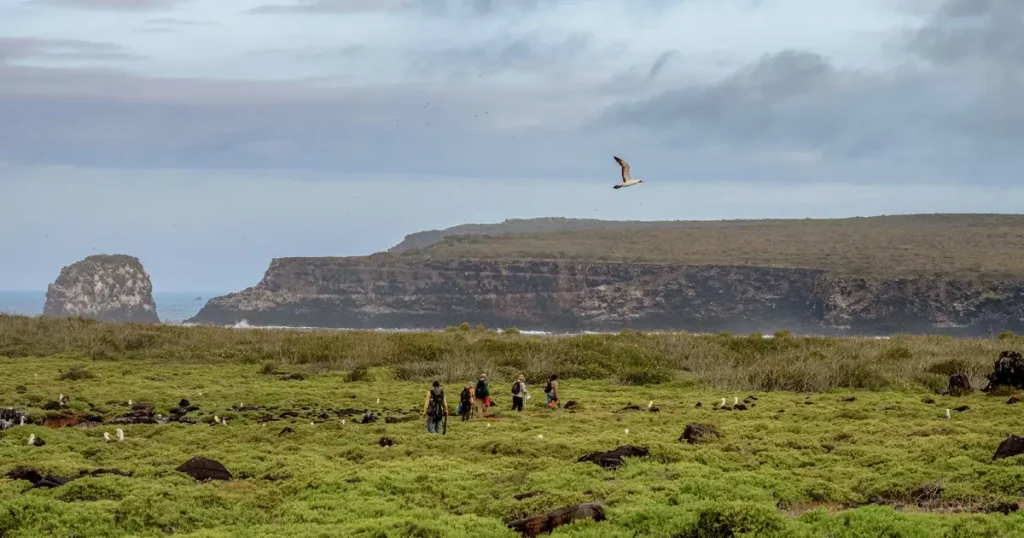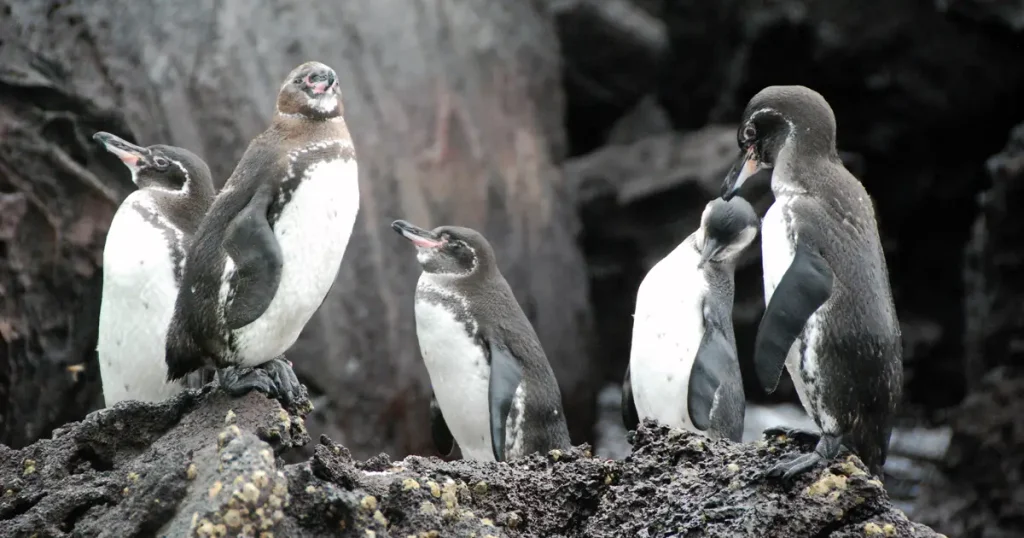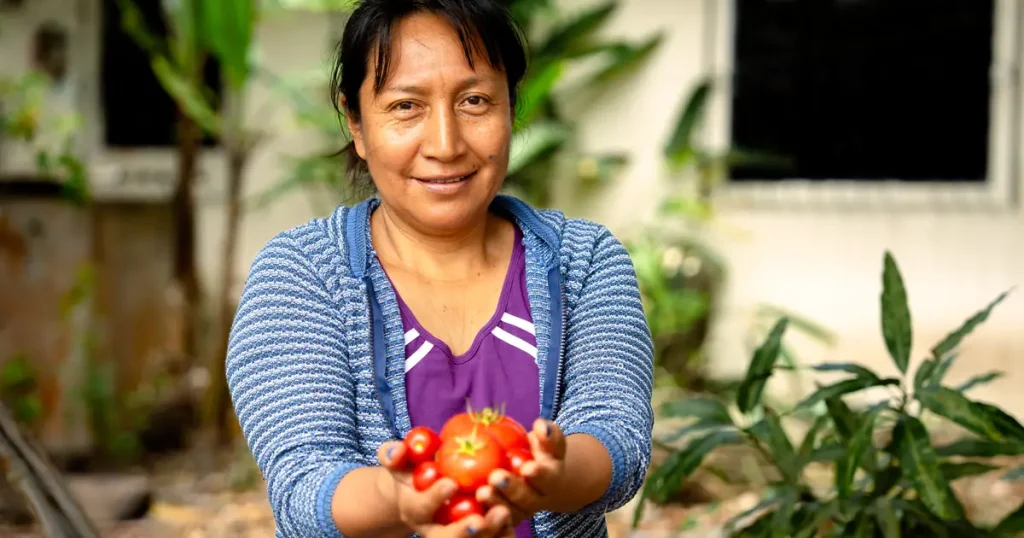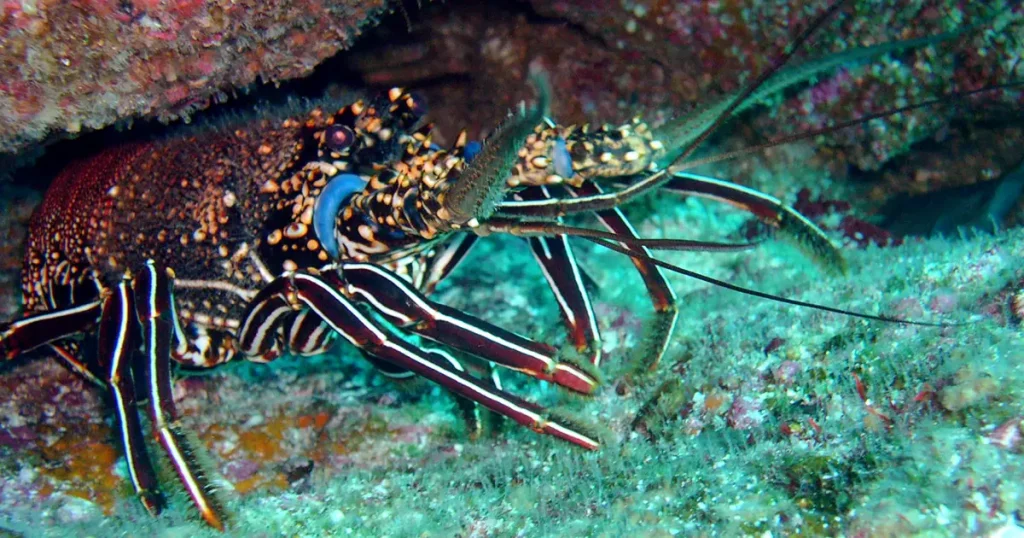Galápagos Conservancy Scientists Rediscover Pink Iguana Hatchlings
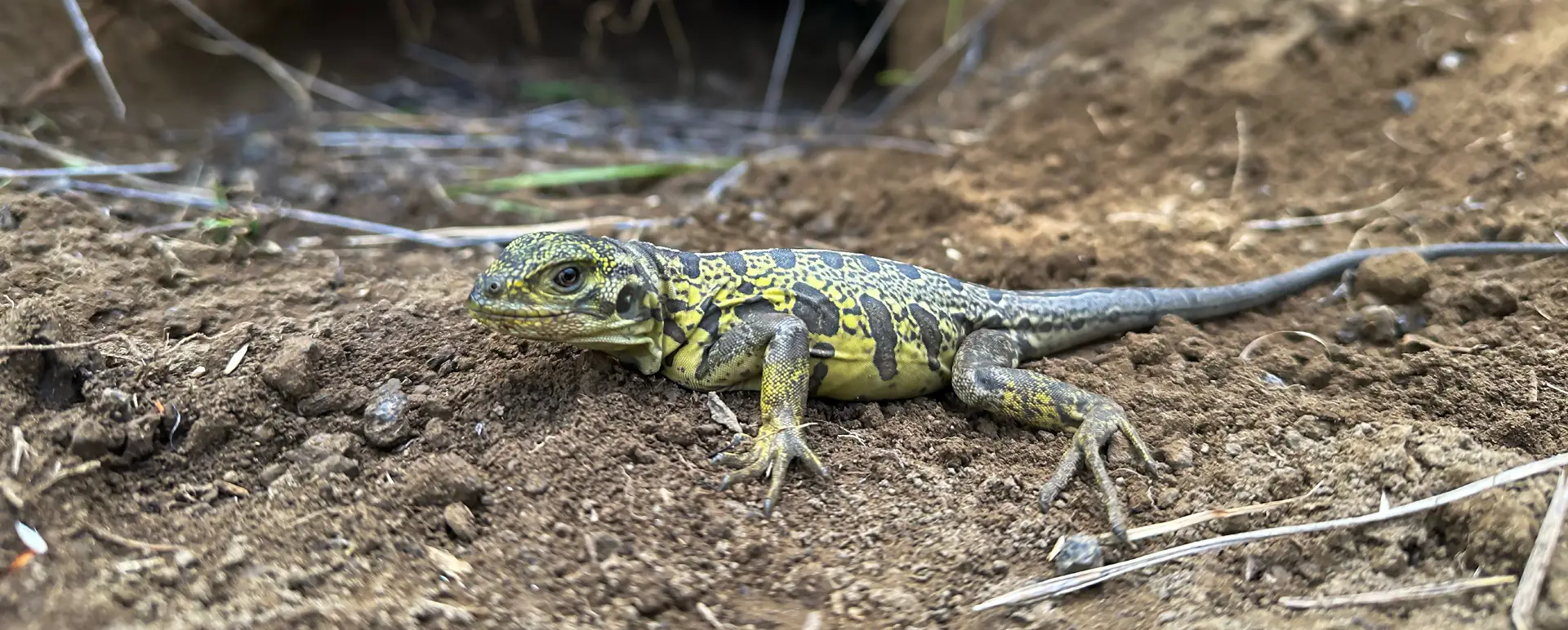
The Galápagos pink iguana (Conolophus marthae), one of the rarest and most endangered species on Earth, has shown renewed signs of hope with the first evidence of new generations in years. A recent scientific discovery on Wolf Volcano may be key to preventing its extinction.
Born Into Danger
Encountering one of the world’s most threatened species is already a privilege. Finding its hatchlings in the wild is nearly miraculous. In nature, all newborns face immense challenges. Many species rely on camouflage and high birth numbers to ensure survival. Pink iguanas are no exception. Unlike the distinctive pink hue with dark bands seen in adult pink iguanas, their hatchlings have greenish skin covered in dark spots, allowing them to blend into the volcanic landscape.
But even camouflage hasn’t been enough.
For years, introduced predators — rats and feral cats — have destroyed nests and preyed on hatchlings before they could grow. With no signs of successful reproduction, the future of the species—estimated at only 300 individuals—has remained uncertain.
New Life Amid Uncertainty
Everything changed in 2022. That year, hatchlings were documented in the wild for the first time. It was a turning point, offering the first clear evidence that the species was still reproducing—and that our work was making a difference. Then, in March 2025, our scientists discovered a juvenile weighing over two kilograms—proof that at least some hatchlings were surviving longer.
And now, during our most recent expedition in May, led by our Director of Conservation, Dr. Jorge Carrión, two more hatchlings were found—small, green, and unmistakably alive.
These are no longer isolated events. These discoveries confirm that the pink iguana continues to reproduce in the wild. It’s a promising sign that our conservation efforts are working.

The Steady Work Behind an Extraordinary Discovery
Since being recognized as a new species only in 2009, the pink iguana has captured the attention of scientists and nature lovers alike—and raised alarm due to its critical conservation status. It is a species that could vanish before we fully understand it.
In response, Galápagos Conservancy committed to supporting its study and protection, in partnership with the Galápagos National Park Directorate.
This extraordinary reptile lives exclusively on a remote section of Wolf Volcano on northern Isabela Island, a harsh and isolated environment that has made it difficult to monitor. Reaching the area requires a 10- to 12-hour trek, ascending over 1,700 meters. Few places in Galápagos pose such a challenge.

For years, our dedicated teams have returned again and again—installing camera traps, collecting genetic samples, exploring nesting areas. There were no guarantees—only the conviction that the effort was worth it.
Today, that conviction is paying off. The recent discoveries confirm that there is hope for the pink iguana.
Although threats remain—especially from feral cats—each new observation strengthens our resolve. We will continue monitoring, learning from their behavior, and acting decisively to protect them.
A Story Worth Telling—and Continuing
The pink iguana is unique. It exists nowhere else on Earth. For years, we didn’t know if it was still reproducing. Now, finally, we have an answer: it is. But hope needs allies.
Saving this species will require science, collaboration, and sustained commitment. Sharing this story is already part of the solution. The more people who understand what’s at stake, the closer we get to protecting the pink iguana. We can all contribute—by supporting conservation work, funding invasive species control, strengthening nest-site protection, and advocating for policies that put unique species at the center of conservation efforts.

These hatchlings are more than good news. They are a new chapter in the story of the recovery of this species—and a reminder that we are still in time to save the pink iguana.

Share:


